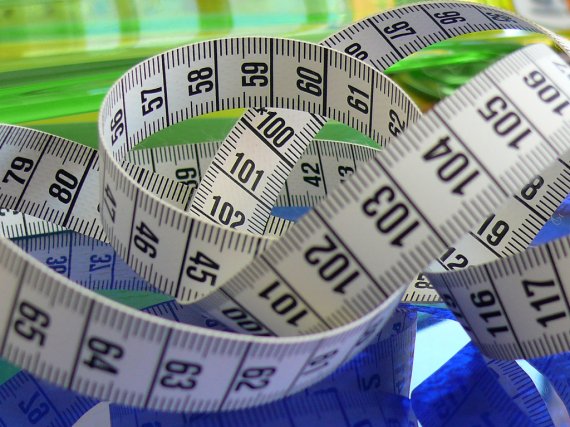These are the conclusions of Wageningen epidemiologists after analyzing an enormous dataset.Their study appeared in The International Journal of Epidemiology on 31 March. The researchers looked at the link between waist size and Body Mass Index (BMI) among the elderly and their mortality risk. The conclusion was that this risk was barely affected by an increased BMI, which is a risk factor in middle-age. Even exceeding the upper limit for what is considered a healthy waist size, 102 centimetres for men and 88 centimetres for women, was not a big problem for the elderly. That is why it is time to think about specific guidelines for senior citizens, says Ellen de Hollander, researcher at Human Nutrition and RIVM. One notable finding of the study is the big risk for the elderly associated with being underweight with a BMI of less than twenty. That doubles the mortality risk for both men and women. De Hollander says the underlying mechanism is still not understood and further research is required. ‘Possible causes are malnourishment, loss of muscle mass or infections.’
Old people shrink
For their analysis, the researchers persuaded 28 international colleagues to have another look at old data, only this time just for people aged between 65 and 74. They calculated the effect of waist size, BMI or a combination of the two on the risk of dying within five years for more than 58,000 subjects. The researchers have an idea why older people are less affected by a high BMI. As people age, their body composition changes and one of the consequences is that they shrink. This causes the BMI to increase even if their weight remains the same. A BMI guideline for the elderly would need to allow for this different interpretation of body length.

